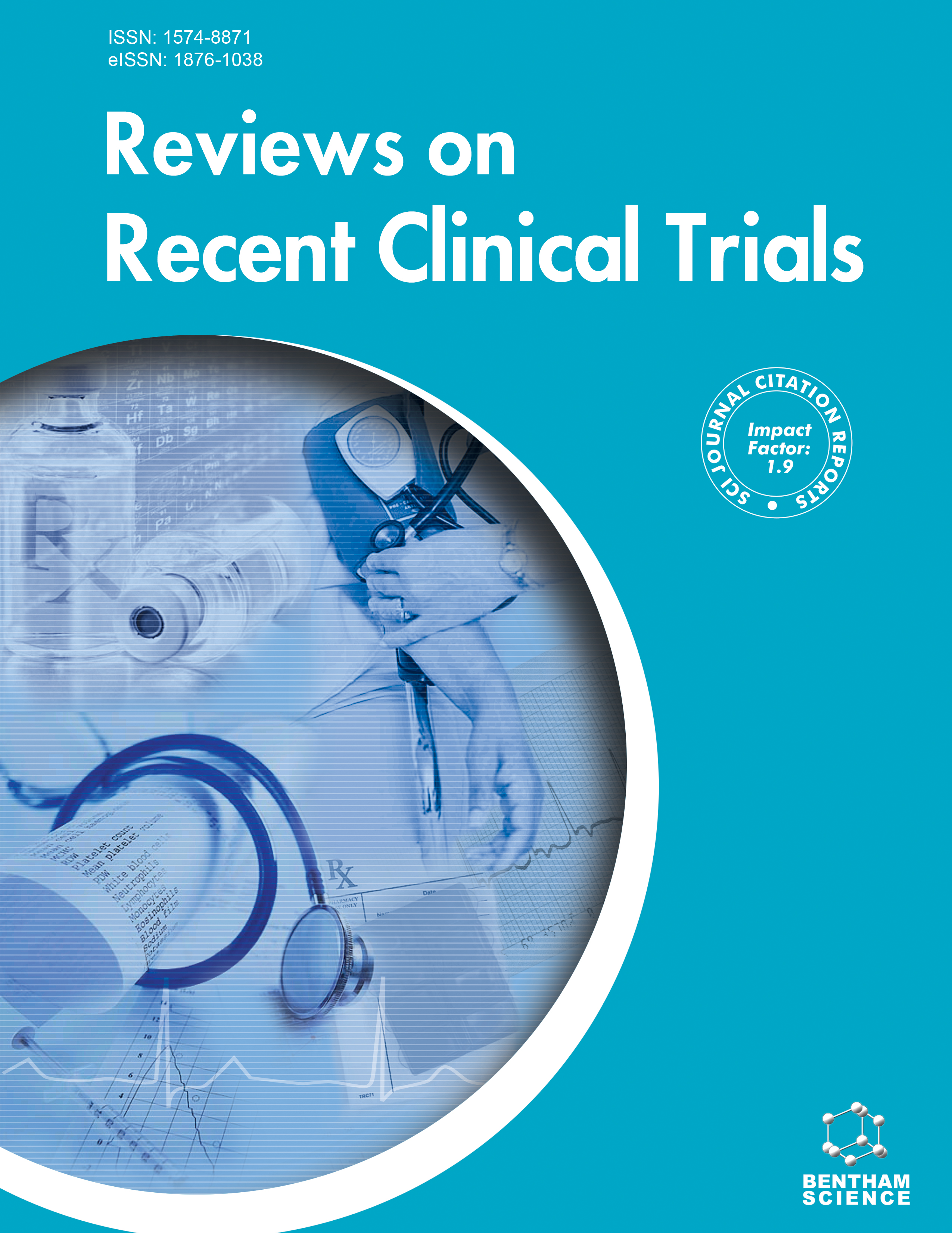
Full text loading...
We use cookies to track usage and preferences.I Understand
Finasteride and dutasteride are 5a Reductase Inhibitors (5a-RIs) and comprise the mainstay of treatment for the management of patients with benign prostatic hyperplasia. 5a-RIs are expressed in a variety of tissues, such as adipose tissues and liver, resulting in a reduction of glucocorticoid levels and affecting androgen regulation and metabolic function. As a result, the administration of these regimens may generate adverse metabolic events, such as liver disease, hyperglycemia, hyperlipidemia, and diabetes mellitus. Although several studies have tried to record these adverse metabolic events both in human subjects and animal models, the exact mechanisms of these actions have not been well described yet in the literature. Further well-designed clinical trials are needed to elucidate the exact role of 5a reductase inhibitors in the progression of the metabolic syndrome. The aim of this study was to systematically review the literature concerning the role of dutasteride or finasteride in the progression of metabolic adverse events and further investigate possible pathophysiologic mechanisms.

Article metrics loading...

Full text loading...
References


Data & Media loading...

